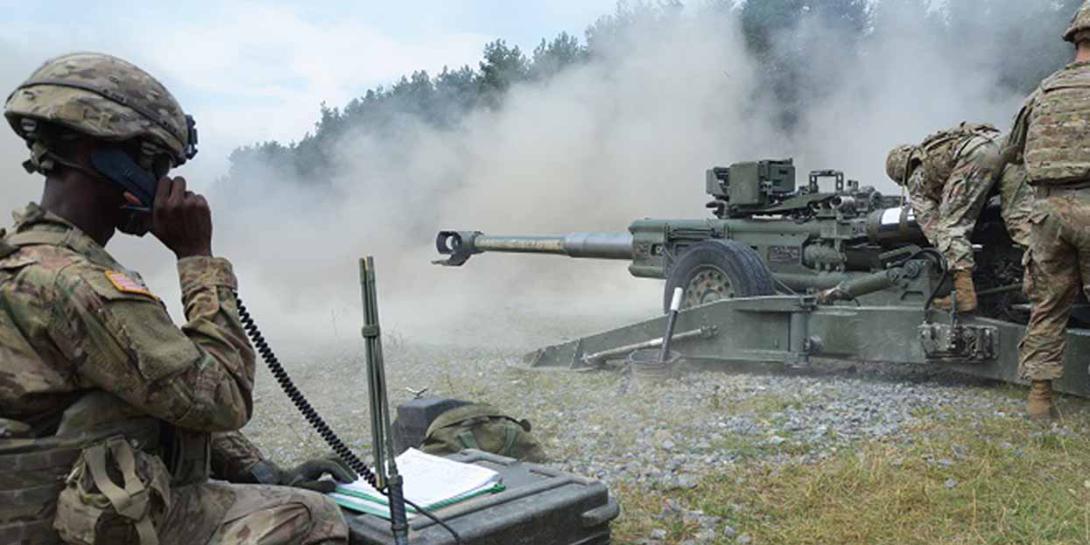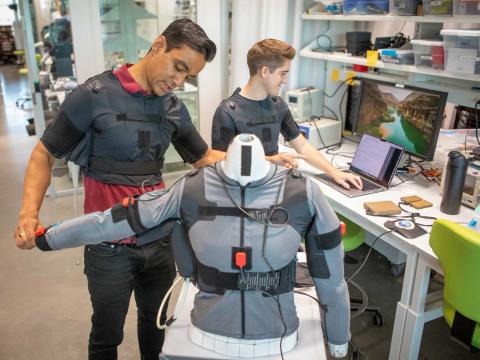Army Eyes Artificial Intelligence for PACE Planning
The U.S. Army wants an automated communications planning system. In the short term, researchers expect to use an “intelligent engine” but in the future, artificial intelligence will likely take over the task.
Planning communications for different conditions is commonly known as PACE planning. The acronym stands for “primary, alternate, contingency and emergency” communications. Different situations call for different communications systems, explains Michael Brownfield, chief of the Army Future Capabilities Office within the Combat Capabilities Development Command’s research organization formally named the Command and Control, Communications, Computers, Cyber, Intelligence, Surveillance and Reconnaissance (C5ISR) Center.
“Typically, your primary has great range, great capacity, and it’s a very versatile waveform,” Brownfield notes.
But if the system goes down, the enemy jams the frequency, or environment conditions cause less than stellar performance, a warfighter might have to turn to an alternate communications system. “The alternate is not the primary for a reason. It does less than you want it to do for this particular mission,” he says.
Unfortunately, changing from one communications mode to another—and getting everyone else to make the change—is not easy. “Some of the people you need to inform are on the primary, and you can’t talk to them. So, over the course of time, you can herd everybody to the alternate, but once the primary comes back up, you have to herd everybody back. That process is very disruptive to continuous military operations,” Brownfield elaborates.
To solve the challenge, researchers are exploring possibilities for an automated PACE planning system. Originally, automated PACE planning was supposed to be one of the 20 or so experiments taking place during the Network Modernization Experiment 2020 (NetModX 20), which kicked off July 20 and will run through October 2. That experiment has been delayed for a future event when the technology is more mature, but some components of PACE planning are still being included in NetModX 20.
Brownfield predicts the eventual use of artificial intelligence, or AI, for PACE planning. “Auto PACE senses the environment and has the intelligent engine, which we are oriented toward making it AI in some of the outyears. It takes that burden off of the S-6 [signal officer] and off of the soldier to have to understand and respond at human speed. All the soldier is going to see on auto PACE is that the S-6 will program in the radio types and frequencies for each of the primary, alternate, contingency and emergency, and the network will decide the best way to get there.”
Brownfield explains the difference between AI and an intelligent engine. “In the beginning, we can use rules that when the bit error rate or the number of packets logged goes down, the system will search for a better path. When you start bringing AI in, you can now understand the network from a larger perspective and predictably choose based upon enemy actions what the safest path is,” he says. “For instance, if you’re being jammed in S-band, switching to another S-band frequency is not as good as changing to a C-band frequency, so then the AI portion of it can make some more critical level decisions. It’s going to take in as much information as possible and make a better decision.”
He describes an automated PACE planning capability as “transformational” for the Army Signal Corps. “If the enemy’s jamming you, we have systems that can detect that, and the artillery can still be on target. Then, when the problem goes away, you go back to your primary. That is a revolutionary idea that’s been around a couple of years now, and we’re trying to implement it.”
If you enjoyed this article, you might also enjoy Army Experiment Plays Electronic Warfare Hardball.





Comments